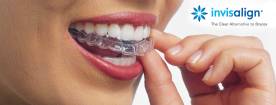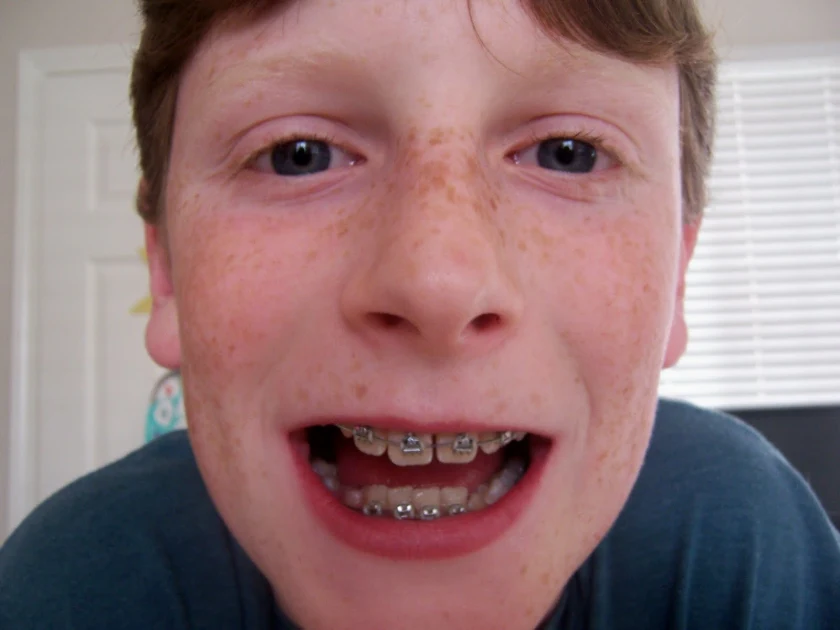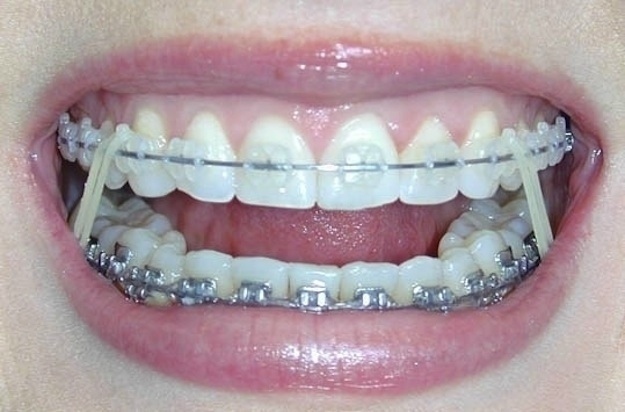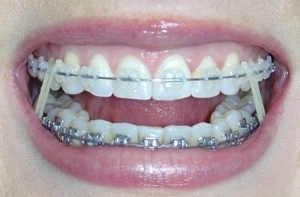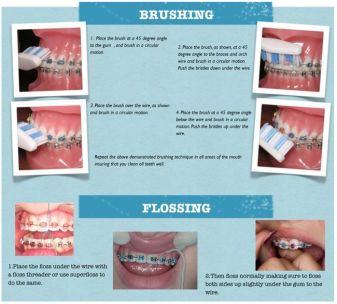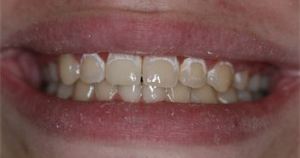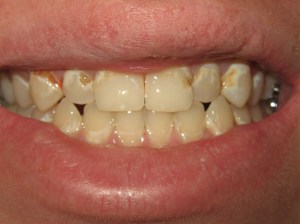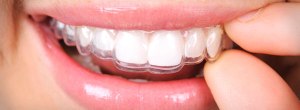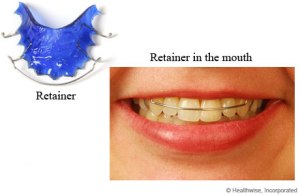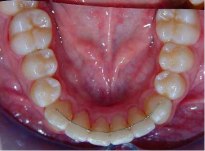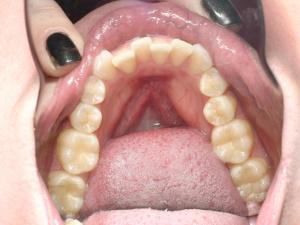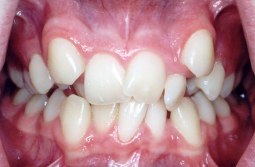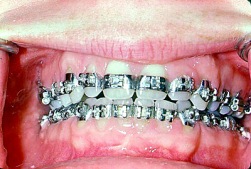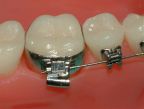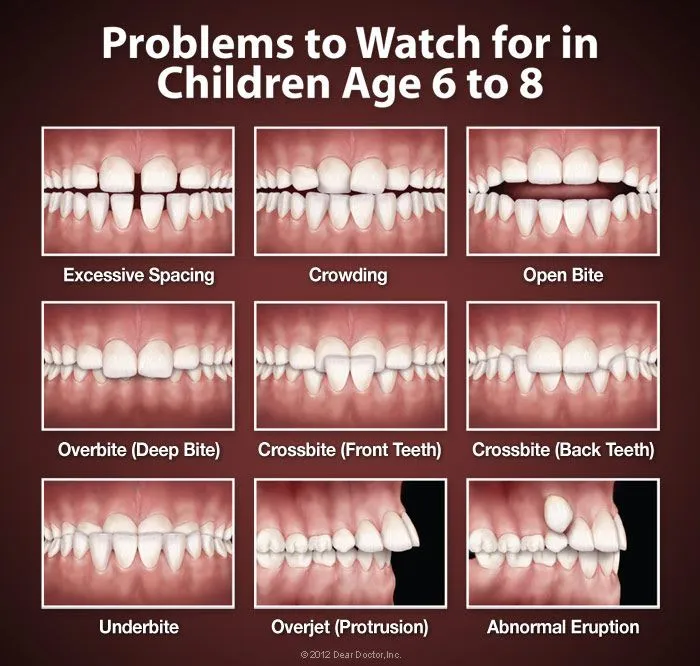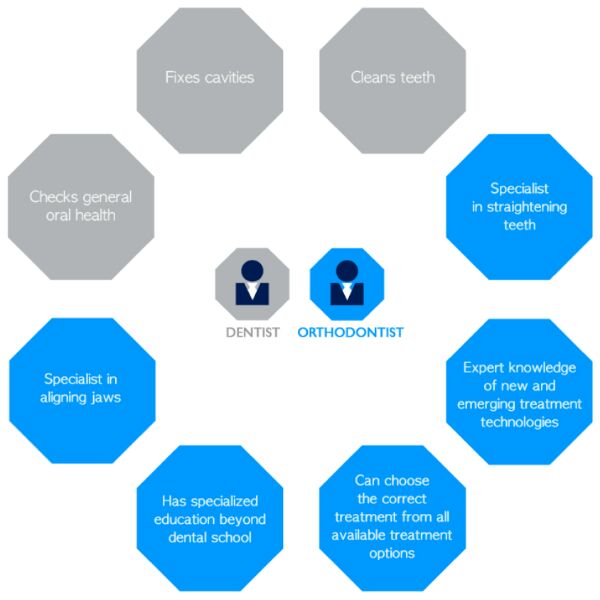General dentists clean, repair, and replace teeth. Orthodontists study and practice 2-3 years longer than dentists to become specialists at braces and Invisalign.
Orthodontists studied a lot. An awful lot. And virtually all orthodontists excelled in their coursework and with patients. In other words, orthodontists usually graduated at the top of their classes. Orthodontists attended a college or university for at least 4 years. Then they trained in dental school for 4 years. Finally, orthodontic residency lasted another 2-3 years.
Orthodontists are specialists in the area of braces and aligners (Invisalign). Doing braces for 2-3 years in a residency setting after dental school — treating a huge variety of patients — before venturing into business is the best way to produce consistently great results in private practice. Once they complete school, orthodontists do braces every day, all day.
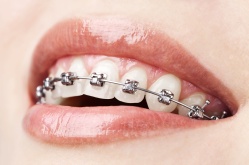
General dentists do amazing work, and sometime also do braces. Usually, general dentists spend most of their time filling teeth, cleaning teeth, making crowns, making dentures, placing implants, etc. This is what dental school trained them to do. General dentists did not attend a 2-3 year orthodontic residency after dental school.
If you’re thinking of getting braces or Invisalign from your general dentist please consider asking these questions to your (non-specialist) dentist:
- Do you ever refer cases to an orthodontist?
- Do you have cases that don’t go well that you pass on to the specialist/orthodontist to finish for you?
- Do you refer your kids to the orthodontist?
- How many cases have you finished that are similar to my teeth?
- How many cases did you do before you started practicing with braces and/or Invisalign?
Difference between Dentist and Orthodontist
• Dentists and orthodontists are both doctors of teeth and oral care. Yet, orthodontists are those dentists who have done an additional 2-3 year residency program in orthodontics.
- During this residency training (and before they see patients in their practices) orthodontic specialists have supervised 100s of braces and Invisalign patients.
- Many general dentists simply take weekend courses at hotels and immediately begin doing orthodontics and Invisalign.
• Less than 10% of dentists are qualified and licensed orthodontists.
*** Dr. Neal Jones attended BYU and graduated Magnum Cum Laude with a major in Zoology and minor in Business Management. He then spent 5 years in Iowa City: 4 in dental school and 1 year working in the Oral Surgery Department. Dr. Jones completed orthodontic training at the University at Buffalo’s 2.5-year highly rated orthodontic program, earning a Master’s Degree.
